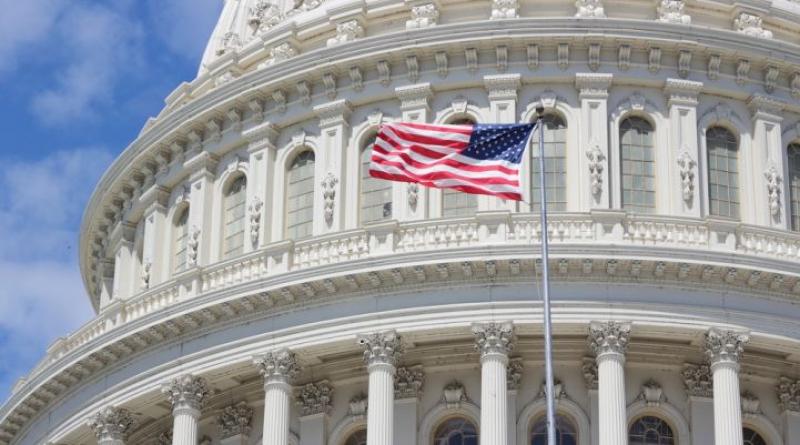Renewable Energy Remains One of America’s Most Attractive Investment Options.

Investors who know the renewables market best believe its brightest days are still to come, writes Gregory Wetstone.
Gregory Wetstone is president and CEO of the American Council on Renewable Energy (ACORE), a Washington, D.C.-based industry group.
In the thick of a global pandemic, it’s sometimes hard to predict what the next day holds, let alone the next month or year. Business confidence can be difficult to come by and even more challenging to maintain. Yet when the nation’s most prominent financial institutions and renewable energy development companies were surveyed on their confidence in the renewable sector amid the ongoing impacts of COVID-19, many expressed a strong sense of optimism.
Despite near-term concern about the headwinds posed by supply-chain disruptions and other pandemic-related delays, the long-term outlook for renewable energy growth in the U.S. remains bullish. In ACORE's new analysis, Expectations for Renewable Energy Finance in 2020-2023, both investors and developers reported confidence in the continued growth of the renewable energy sector over the next three years. The most engaged financial institutions — those investing more than $500 million annually in renewable energy — responded with the highest level of conviction for the sector’s attractiveness and long-term health.
These findings may be surprising given how hard COVID-19 has hit the renewable sector. To date, 14 percent of the renewable workforce is unemployed, and thousands of jobs continue to be at risk. Three-quarters of the tax equity investors we surveyed predict a decline in tax equity investment, while two-thirds of surveyed developers say they’ve had difficulty securing financing or project offtakers due to COVID-19.
So how can companies facing such near-term challenges remain so confident in the long-term growth trajectory of the renewable sector?
The answer is straightforward. Thanks to continuing cost declines, strong demand for renewable power from businesses and residential electricity consumers, and supportive state energy policies, those who know the industry best believe its brightest days are yet to come.
What the renewables industry needs right now
Most immediately needed are policies to respond to the challenges impacting renewable development and employment this year. The sector needs commonsense measures like temporary refundability that will allow for the monetization of renewable tax credits despite constraints on tax equity, as well as delays in the phase-down schedules for these credits to reflect the difficulties of renewable development in 2020. Over the long term, we will look to policy reforms, market drivers and electricity market refinements to fully decarbonize the power sector.
Unfortunately, time is not on our side. In 2018, ACORE launched $1T 2030: The American Renewable Investment Goal, an effort to secure $1 trillion in U.S. private-sector investment in renewable energy and enabling grid technologies by 2030. After record levels of investment in wind and solar power in 2019, one-eighth of the $1 trillion campaign goal has been met.
But if we’re to achieve the remainder of our objective by 2030 and stay within shouting distance of the greenhouse gas emission reductions scientists tell us are needed to avoid the worst impacts of climate change, annual investment must significantly scale up — including investment in grid technologies that enable the integration of renewable energy, such as energy storage.
To hit our target, we’ll need an average investment of $87.5 billion a year in renewable energy and enabling grid technologies through 2029 — an annual increase of 28 percent over the 2019 investment level. This is undoubtedly a high bar, but it is not out of reach.
When it comes to renewable energy, companies want to develop it; investors want to finance it; and American consumers and businesses want to buy it, particularly since it’s often the most affordable electricity option and is not subject to the volatility of global fuel markets. A recent Pew Research Center poll found overwhelming bipartisan support for accelerating the transition to a renewable energy economy, with 79 percent of Americans from across the political spectrum saying the government should prioritize the development of wind and solar power over fossil fuels.
Though we may find ourselves in uncharted waters today, renewable energy remains one of America’s most attractive investment options. With the right policy support, a booming renewable energy industry can help drive our national economic recovery, as it did in 2009, and play a critical role in addressing the climate crisis.
24 August 2020
gtm




